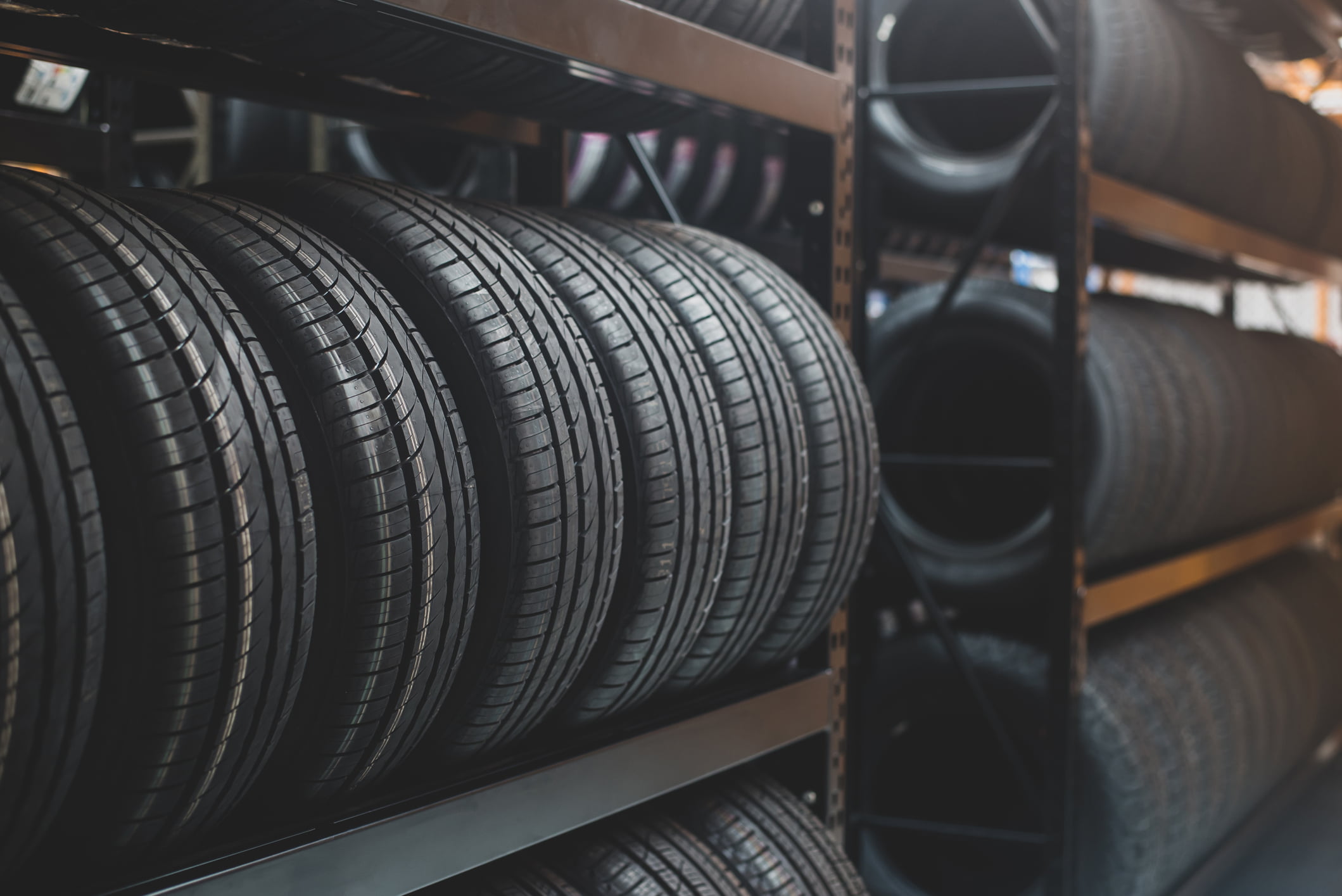What do you really get for a higher price? If a higher-priced tire is better, how so? Whether for your trailer or tow vehicle, when buying new tires, consider what traits you’re getting for that purchase price and how they will impact the on-road performance of your rig.
The reality is that it takes a lot of energy to get a vehicle down the road. Part of that energy is used to overcome air resistance (drag), friction resistance (e.g., internal friction such as in the transmission) and rolling resistance. Once a vehicle has been manufactured, a driver can do little to reduce the air or friction resistance. But a driver may be able to do something to minimize rolling resistance with tires.
Low Rolling Resistance Tires
More than 80% of a vehicle’s fuel energy is lost through various thermal, frictional, and standby losses. However, low rolling resistance tires can help reduce this loss of energy by making vehicles more efficient as they drive down the road. Recent studies performed by manufacturers and third-party evaluations have found that low rolling resistance tires can help reduce a vehicle’s fuel consumption by as much as 4.5%. Have you ever wondered why tires come in such a wide price range?
Understanding Rolling Resistance and How Tires Work
On the surface, tires pretty much all look the same. When you’re buying new tires, you can’t see the chemical construction of the tires, which is where the rubber hits the road. All forces needed for acceleration, braking and cornering are transmitted through one small contact patch. The chemistry that goes into making a good contact patch is where much of your purchase price goes. Tires adapt their shape (deform) to ensure proper grip and comfort (smooth versus bumpy ride) in that patch. But how do they do this? The rubber compounds give off energy in the form of heat when they are deforming. If you have ever touched a tire after it has been running for some time, you’ll realize just how much heat is generated. Heat equals wasted energy. The amount of energy required by the tire to deform is called rolling resistance. Tires with low rolling resistance require less energy to deform into the contact patch. Reduced energy loss using low rolling resistance tires reduces fuel consumption and emissions.
Long Term Benefits
So, let’s put a dollar figure on pursuing low rolling resistance. According to the US Department of Transportation, about 4% of a vehicle’s fuel use in city driving and about 7% on the highway can be saved with the right tires. Replacing high-rolling resistance tires can result in as much as $200 in annual fuel savings—and many hundreds of dollars over the tire’s life. On our side of the border, Transport Canada says the right tires can improve fuel consumption and greenhouse gas (GHG) emissions by 2.5 to 3.0%
Buying New Tires
Low-rolling resistance is a term used in the tire industry and it refers to a class of tires. When buying new tires, ask to see what the tire shop has to offer in that category. As for brand names, I’ve put together just a few that you might consider.
- Bridgestone Ecopia
- Michelin Green X tires
- Continental ContiProContact
- Goodyear Eagle LS
- Cooper GFE
Don’t forget to check your tire pressure – often!




